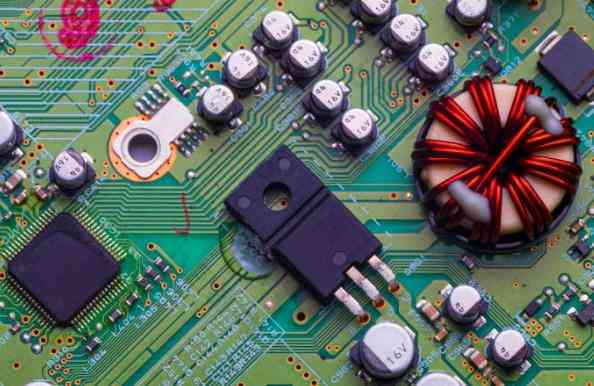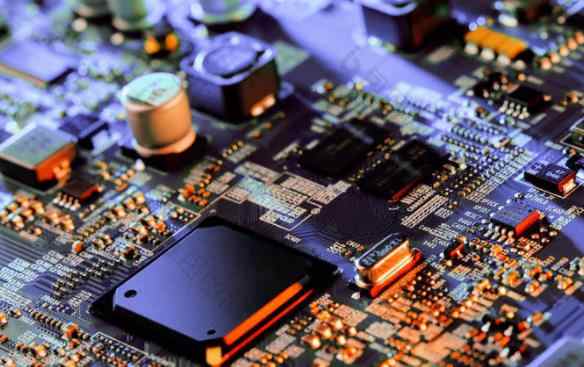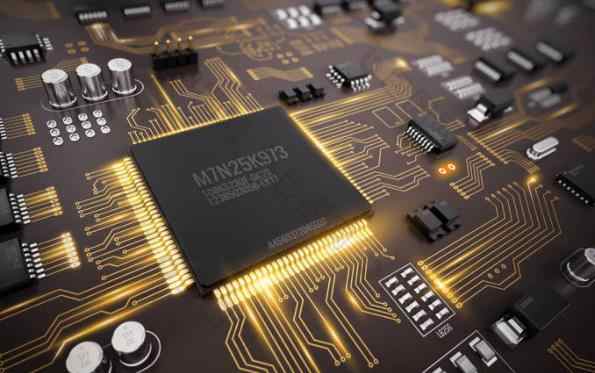
What is the production process for SMT to install FPC?
FPC is a highly relevant and excellent flexible printed circuit board make of polyimide or polyester film It has the characteristics of high wiring density, light weight, thin thickness and good flexibility
In the production process, in order to prevent excessive tapping and short circuit from causing low output or reduce FPC wall scrap and supplement problems caused by rough machining problems such as drilling, rolling and cutting, and evaluate how to select data to achieve the best effect for customers to use flexible circuit boards, pre production is particularly important.
SMT installation FPC
There are three aspects of pre production pretreatment that need to be addressed, and these three aspects are all completed by engineers. First, FPC engineering evaluation, mainly to evaluate whether the customer's FPC can be produced and whether the company's production capacity can meet the customer's board manufacturing requirements and organizational costs; If the project evaluation is passed, the next step is to immediately prepare data to meet each production link. Finally, the engineer handles the customer's CAD structure diagram, gerber line data and other engineering archives to adapt to the production environment and production specifications of production equipment, and then entrusts the production drawings and MI (engineering process card) to the production department, document control, procurement and other departments to enter the normal production process.
1. FPC fixing:
Before surface mounting, the flexible circuit board needs to be accurately fixed on the carrier board. In particular, after the FPC is fixed on the carrier board, the storage time between printing, installation and welding should be as short as possible. There are two types of carrier plates, with and without locating pins.
Circuit board

Carrier plates without locating pins need to be used with locating templates with locating pins First, place the carrier plate on the locating pin of the template to expose the locating pin through the locating hole on the overload body plate, and place the FPC piece by piece Then fix the exposed locating pin with adhesive tape, and then separate the carrier plate from the FPC locating template for printing, repairing and welding The carrier plate with locating pins has been fixed with several spring locating pins for about 1.5mm long. The FPCs can be directly placed on the spring locating pins of the carrier plate one by one, and then fixed with adhesive tape During printing, the spring locating pin can be completely pressed into the bearing plate by the wire mesh without affecting the printing effect
Method one (fixed with single sided tape): Use thin The viscosity of the tape should be moderate, and it must be easy to fall off after reflow soldering There is no residual glue on the surface If you use an automatic tape drive, you can quickly cut tapes of the same length, which can significantly improve efficiency, save costs and avoid waste
Method 2 (fixed with double-sided tape): First, stick the high temperature resistant double-sided tape to the carrier plate, which has the same effect as the silica gel plate, and then stick the flexible circuit board to the carrier plate. Pay special attention to the viscosity of the tape, otherwise it will fall off during reflow soldering, which may easily lead to the tearing of the flexible circuit board. After repeated oven drying, the viscosity of double-sided tape will gradually decrease. If the viscosity is too low to reliably fix the FPC, it must be replaced immediately. This station is the key station to prevent the FPC from getting dirty, and you need to wear a finger sleeve when working. Before reusing the carrier, it needs to be properly cleaned. It can be wiped with non-woven cloth dipped with detergent, or the surface dust, tin beads and other foreign matters can be removed with anti-static adhesive roller. Do not use excessive force when picking up and placing the FPC. Flexible circuit board is fragile, easy to crease and fracture.
2. FPC solder paste printing:
FPC has no special requirements on the composition of solder paste. The size and metal content of solder ball particles depend on whether there is a fine pitch integrated circuit on the FPC. However, flexible circuit boards have higher requirements for the printing efficiency of solder paste. The solder paste should have good thixotropy. The solder paste should be easy to print and release, and firmly adhere to the surface of flexible circuit boards, without defects such as poor release, blocked mold leakage, or collapse after printing.
3. FPC patch:
According to the characteristics of the product, the number of components and the placement efficiency, the medium and high speed placement machine can be used for placement. Since each FPC has an optical mark for positioning, there is almost no difference between installing SMD on the FPC and installing SMD on the PCB. It should be noted that although the FPC is fixed on the carrier board, its surface cannot be as flat as the PCB hard board. There must be some clearance between FPC and carrier plate. In this case, it is necessary to accurately set the nozzle lowering height, blowing pressure, etc., and reduce the nozzle moving speed. At the same time, most FPCs are connecting boards, and their yield is relatively low. Recall that it is normal for the whole PNL to contain some defective PCs. This requires the mounter to have a bad mark recognition function, otherwise, when producing such non integer, when PNL is a good board, the production efficiency will be greatly reduced.
4. FPC reflow:
Forced hot air convection infrared reflux furnace shall be used to make the temperature change on FPC more uniform and reduce the occurrence of bad welding. If single-sided tape is used, because it can only fix the four sides of the FPC, and the middle part is deformed under hot air, the bonding pad is easy to tilt, and molten tin (liquid tin at high temperature) will flow, leading to empty welding and continuous welding. Tin beads make the process defect rate higher.
1) Temperature curve test method:
Due to the different heat absorption efficiency of different types of components on the carrier plate and FPC, the temperature rises at different rates and the absorbed heat is different after heating in the reflow welding process. Please carefully set the temperature curve of the reflow furnace to improve the welding quality. Great impact. A safer method is to place two FPC loaded plates in front of and behind the test plate according to the plate spacing in the actual production process. At the same time, the components are installed on the flexible circuit board of the test carrier board, and high temperature welding wires are used to test the temperature. The probe is welded on the test point, and the probe wire is fixed on the bearing plate with high-temperature tape. Note that the high temperature resistant tape cannot cover the test point. The test points should be selected near the solder joints and QFP pins on each side of the carrier plate, so that the test results can better reflect the real situation.
2) Temperature curve setting:
During the furnace temperature commissioning, due to the poor temperature uniformity of the flexible circuit board, it is better to use the temperature curve method of heating/insulation/reflux to make the parameters in each temperature zone easier to control, and the flexible circuit board and components are affected by thermal shock. According to experience, it is better to adjust the furnace temperature to the lower limit required by solder paste technology. The wind speed of the reflux furnace is usually the lowest wind speed that can be used for the reflux furnace. The chain of reflux furnace shall be stable and free from shake.
5. FPC inspection, testing and sub boards:
Since the carrier plate absorbs heat in the furnace, especially the aluminum carrier plate, the temperature is relatively high when it leaves the furnace, so it is better to add a forced cooling fan at the furnace outlet to help fast cooling. At the same time, operators need to wear insulating gloves to avoid being burned by high-temperature carriers. When removing the welded FPC from the carrier plate, the force should be uniform, and no brute force should be used to prevent the FPC from being torn or creased.
The removed FPC was visually inspected under a magnification of more than 5 times, focusing on the inspection of residual glue, discoloration, gold finger staining, solder beads, IC pin empty soldering, continuous soldering and other problems Because the surface of the FPC cannot be very smooth, the AOI error rate is very high. FPC is usually not suitable for AOI inspection, but by using special test fixtures, FPC can complete ICT and FCT tests









